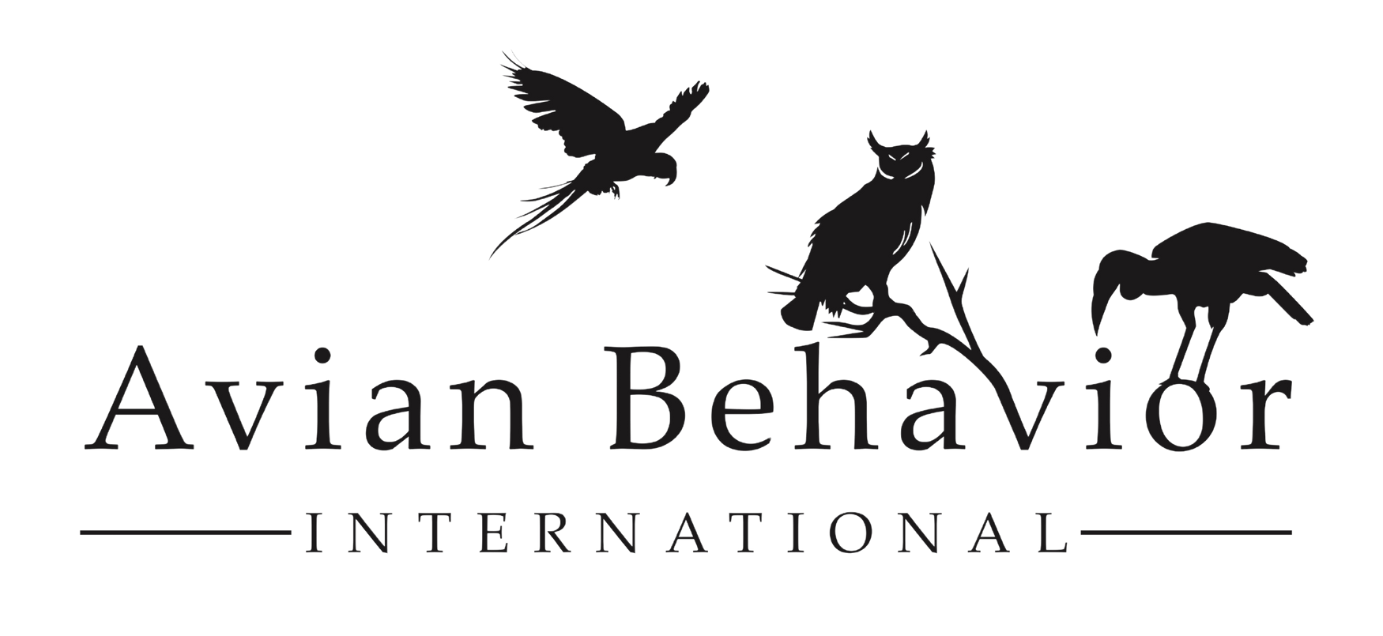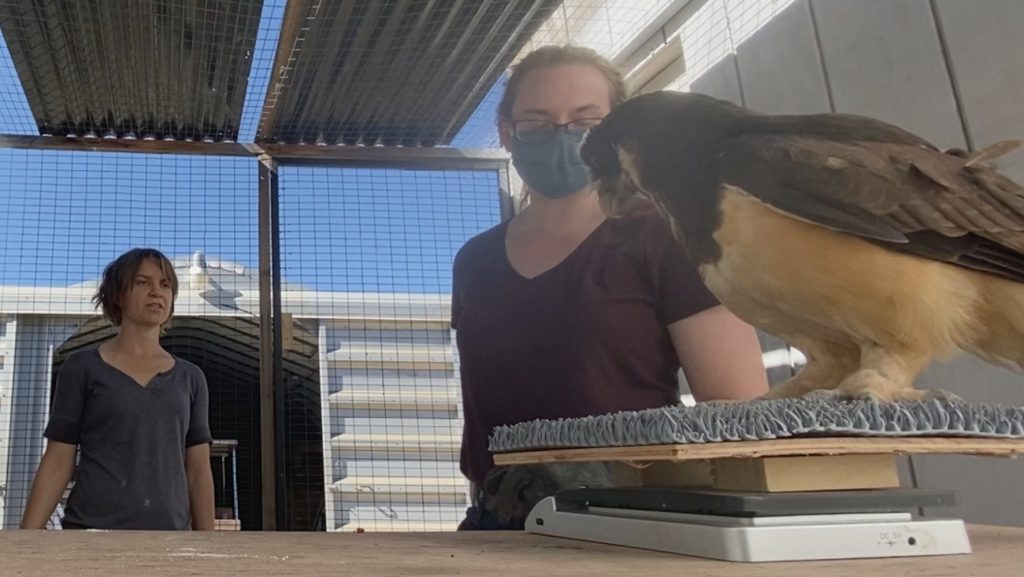13 Sep The Value of Feedback Loops
As a bird trainer and caregiver, you are likely aware that the behavior-response feedback loop is one of the most critical components to maintain communication with the bird in your care. It’s one thing to pay attention to a bird’s body language, it is a level above to respond consistently to body language to maximize comfort. To show you are listening with your eyes and ears. The feedback loop isn’t just important when communicating with animals, it’s also an important part of the human relationship. Let’s talk about how you can use it in your organization to maximize your training programs.
Creating safe and supportive spaces in an animal care workforce is important not just for trainer development but also animal welfare. But what does that really mean? Is it as simple as paying people and giving them a pat on the back for a job well done? It turns out, there is more to it than just that.
Creating a safe and supportive space goes beyond financial incentives. This is a practice that means embracing the idea that progress isn’t always a straight line. We acknowledge that mistakes are part of the journey, and different individuals (yes, including animals) require tailored approaches for success. We might not always comprehend their process entirely, but we can operationalize it. This means identifying the environmental factors and variables that lead to consistent successes and working to nurture and replicate them.
But, like many things in behavior science, it sounds simple but isn’t easy. There are hurdles to overcome when it comes to creating safe spaces in a training environment. So, let’s explore what this might look like for your workspace and offer some insights to enhance your feedback loops for continuous improvement.
First and foremost, a safe space means that team members feel comfortable discussing their failures as openly as their achievements. Why? Because practice makes permanent, for both humans and animals. When someone repeatedly fails, it means the learner (be it a bird or a person) is exposed to a problem stimulus, practicing a problem behavior, and experiencing a problem consequence, ingraining a problematic pattern.
But here’s the catch: team members need the right conditions to make discussing their mistakes easy, accessible, and rewarding. How you maintain behavior logs, initiate conversations about training sessions, and allow individuals to process training problems sets the tone for these discussions. While we avoid prescribing a one-size-fits-all approach, we can share our practices.
Accountability plays a significant role here, starting from the top. As a leader, I find it crucial to openly discuss my own mistakes, explaining what went wrong, how I’ll handle it differently next time, and inviting critique and feedback, even when I don’t perform well. I’m the one opening the door and welcoming everyone in, fostering an environment of honesty and accountability.
Another aspect of our approach is recognizing that a trainer’s first reaction is rarely questioned, especially during challenging sessions with fast-moving conditions. We conduct post-mortem discussions on many training sessions, dissecting both successes and failures. We discuss this further in Chapter 6 of our comprehensive roadmap, Building a Training Program. These discussions are particularly beneficial for new birds and trainers, creating a safe space where learning acknowledges the constant analysis of our choices.
These are our practices, but I encourage your team to consider how to build its safe learning space. A team that accepts mistakes as part of growth works harmoniously across generations and skill levels.
At ABI, we love filming our training sessions, not for social media likes, but for our own growth and development. Video recordings offer invaluable insights into our training process, and the benefits are remarkable.
When we replay sessions in our minds, we often have a general understanding of how they made us feel. However, relying solely on emotional recollections can lead us astray. Our judgments of duration, spatial configurations, and mechanics can be inaccurate. There are movements we might be unaware of because we don’t know they exist.
Filming training sessions isn’t without challenges. Initially, it required extra time and thought, especially during flight sessions. Yet, the insights gained were worth it. We discovered when we pushed sessions too long, causing stress and undesirable outcomes like fly-offs or difficult crating sessions. In the heat of the moment, we’re focused on details or thinking ahead. But reviewing video allows us to see both parties’ interactions and external cues, shedding light on feedback loops we might have missed.
Birds sometimes behave differently on camera, but they learn to adapt, just as they do with any other variable. Filming also helps maintain consistency among trainers. When someone takes a day off, we can review the previous session via video, discuss criteria, progress, and what went right or wrong.
Video feedback isn’t just for experts; it’s for everyone. However, how you use it depends on your specific needs and goals. Film is a powerful tool for feedback and growth in your training program, providing exponential returns when integrated into your routine.
Also in our Roadmap, we discuss the concept that we influence animal behavior whenever we’re around them, whether we’re actively training or not. Even during basic husbandry tasks like cleaning enclosures, we provide constant information that shapes future interactions.
This concept is vital, especially in non-profit organizations with volunteer labor and animals looking for homes. It means that we must establish procedures that treat husbandry as training. When cleaning enclosures, we need awareness, protocols, and clear team communication.
We don’t want to overwhelm our team during husbandry tasks, but we must also acknowledge that feedback loops are at play. Some team members are eager to train and may become frustrated with limited training time, while others may feel the responsibility of cleaning hinders their work. Creating a balance is essential.
Like our training and husbandry tiers that we have created that match human skills with bird skills, we set specific protocols based on the situation. For high-stakes scenarios with minimal room for error, we limit husbandry to experienced staff. However, daily husbandry can provide opportunities for eager learners to practice observation and communication skills.
Tracking husbandry observations is valuable for identifying deficiencies in practices and protocols, helping us become more astute in feedback loop assessments. These ideas reinforce our principles under a different lens, demonstrating that by prioritizing animal welfare, we can reduce stress and maximize staff fulfillment.
We feel strongly that creating a safe and supportive training environment, monitoring trainer ratios, using video feedback, and treating husbandry as training are all essential elements of a progressive training program. We hope this principles of transparency are evident across the various media through which we share our work. Inspiring other trainers, facilities and bird lovers to feel connected through progress over perfection has helped us understand that there is a lot that goes into mastery, and feeling comfortable sharing the ups and downs starts with us. Embracing these concepts can lead to successful outcomes for both your team and the animals you work with.


